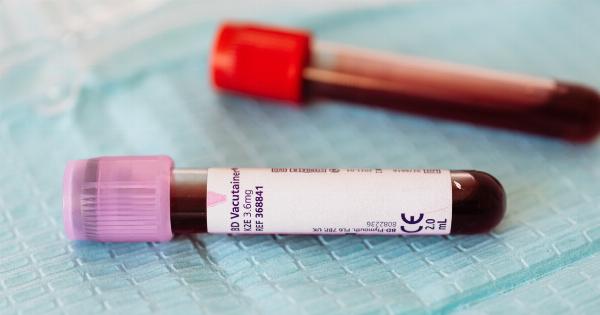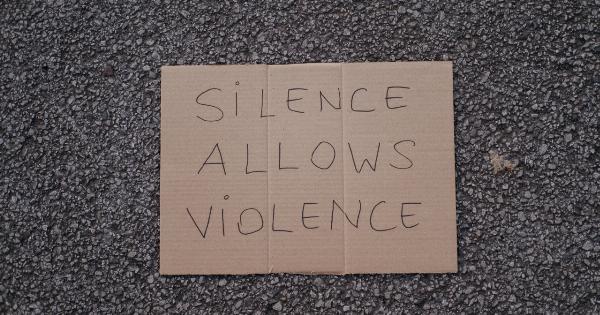Varicose veins are a common problem that affects many people worldwide. They occur when the veins become twisted or swollen and are most commonly found in the legs.
While varicose veins may seem like a cosmetic issue, it’s important to know that left untreated, they can lead to a more serious condition called venous thrombosis.
What are varicose veins?
Veins are blood vessels that carry blood from the body back to the heart. In the legs, blood flows upward against gravity, which can put pressure on the veins.
Varicose veins can occur when the one-way valves in the veins that help blood travel upward become weak or damaged. This causes the blood to pool in the veins and causes them to become swollen and bulge out of the skin.
Symptoms of varicose veins
Varicose veins are typically easy to recognize. They can appear as blue or purple bulging veins and are often accompanied by symptoms such as:.
- Pain or aching in the legs
- Swelling or heaviness in the legs
- Throbbing or cramping in the legs
- Itching or burning in the legs
- Rash or skin changes around the veins
What is venous thrombosis?
Venous thrombosis is a serious condition that occurs when a blood clot forms in a vein. The most common place this occurs is in the legs. The clot can block the flow of blood in the vein, which can cause swelling, pain, and inflammation.
In severe cases, a clot can travel to the lungs and cause a potentially fatal condition called pulmonary embolism.
How do varicose veins lead to venous thrombosis?
Varicose veins increase the risk of developing a blood clot for several reasons. Firstly, the twisted and dilated veins slow down the circulation of blood in the legs.
This sluggish blood flow allows blood to pool in the veins and increases the risk of clot formation. Secondly, the veins in the legs contain tiny valves that help to prevent the blood from flowing backward. When these valves malfunction, they can also contribute to blood pooling and eventually clot formation.
Lastly, the condition causes inflammation in the veins, which can lead to blood clots.
Who is at risk for developing venous thrombosis?
Anybody can develop venous thrombosis regardless of age or gender. However, certain factors increase the likelihood of developing it. These factors include:.
- Prolonged periods of sitting or standing
- Pregnancy
- Obesity
- Older age
- Smoking
- Family history of blood clots
- A previous blood clot
Why is it important to treat varicose veins?
Although varicose veins may seem harmless, they can lead to more serious conditions, including venous thrombosis. Treating varicose veins can help prevent these complications from occurring.
Treatment options include compression stockings, lifestyle changes, and minimally invasive procedures like endovenous laser therapy and vein ablation. Your physician will create a treatment plan according to your specific needs.
Conclusion
Varicose veins are a common condition that can cause pain and discomfort in the legs. It’s important to know that if left untreated, they can lead to more serious complications like venous thrombosis.
If you’re experiencing symptoms of varicose veins, it’s important to see a physician to discuss treatment options and prevent further complications.





























